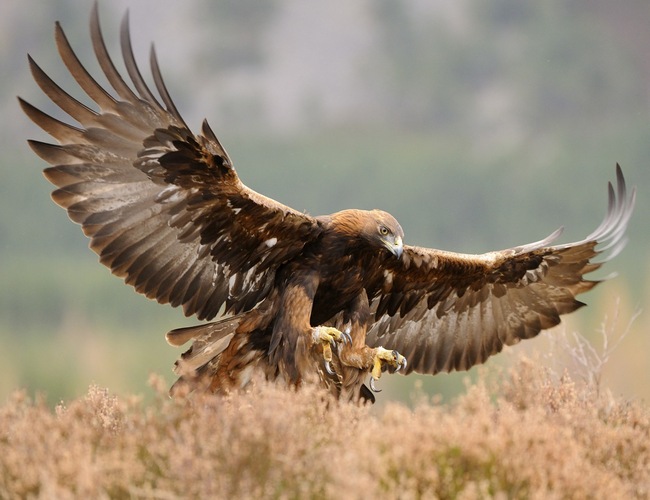Golden Eagles inhabit a wide range of habitats across the globe. The Golden Eagle can be found throughout Eurasia and North America and are considered as a generalist species across their range. We do have the privilege to observe the Golden Eagle in Britain, found at low densities, primarily in remote areas of the Scottish Highland and most of the Hebrides. A handful of breeding pairs survive in south-west Scotland, while there are current efforts to restore breeding numbers by the South of Scotland Golden Eagle project. Northern Ireland also secure a reintroduced population of Golden Eagles.
Wales lost the Golden Eagle in 1850 due to human persecution, the last breeding pair bred in the remote mountains of Snowdonia, Gwynedd, North Wales. It has been over 150 years since Golden Eagles last bred in Wales, and during the Golden Eagle’s absence the habitat and the way we use our land has also significantly changed during this time. Despite historic human persecution being the core reason for many of regional extinctions and population declines across Britain, it still remains a problem in their current ranges. There is no doubt that human persecution has significantly decreased compared to the historic rates across Britain, but recorded incidents still remain over 350 birds of prey being killed in Scotland every between 2012-2017 (RSPB 2018), with an estimated 30-40 eagles estimated to be killed every year in Scotland (based on population estimates).
